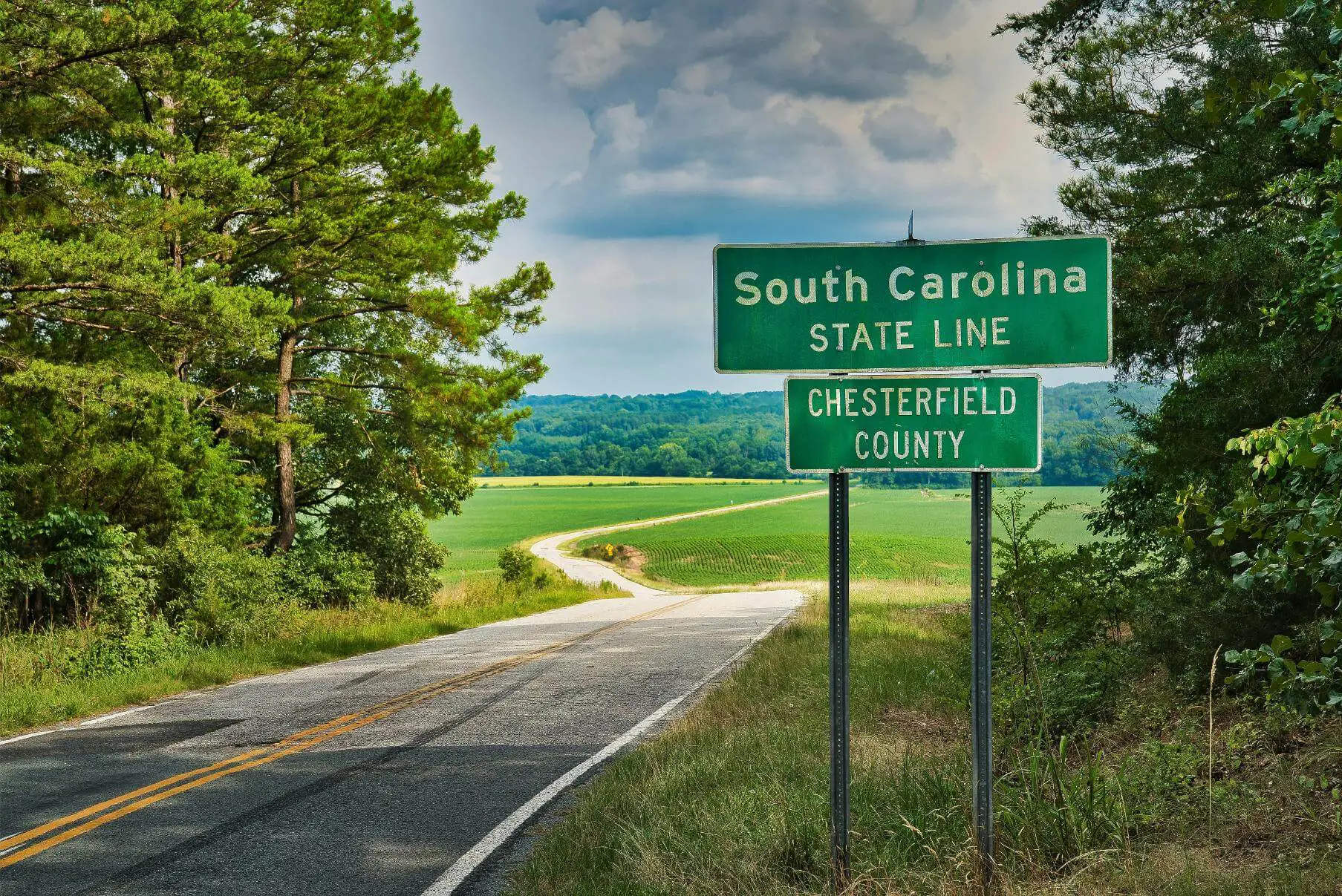
When Is the Best Time to Visit
The best time to visit South Carolina depends on what you’re looking for. Maybe you love soaking up the sun or perhaps you enjoy a quiet stroll through colorful foliage. Here are the highlights by season:
Spring (March to May): You’ll enjoy mild temperatures and fewer crowds. Gardens are in full bloom, especially at the famous Festival of Houses and Gardens in Charleston.
Summer (June to August): It’s perfect for beach lovers. Places like Myrtle Beach are hot spots, literally. It can get pretty humid though, so pack light clothing.
Fall (September to November): The weather cools down, making it ideal for exploring outdoor attractions without the heat. The foliage in places like the Blue Ridge Mountains is stunning.
Winter (December to February): It’s chillier, but generally mild. You might find lower prices and smaller crowds at tourist sites. Coastal areas stay warmer, so they’re still nice for visits.
Here’s a quick look at the average temperatures:
| Season | Avg. High (°F) | Avg. Low (°F) |
|---|---|---|
| Spring | 70-80 | 50-60 |
| Summer | 85-95 | 70-80 |
| Fall | 70-80 | 50-60 |
| Winter | 55-65 | 30-40 |
Consider what you want from your trip and pick the season that suits you best. Whether it’s lively beach activities or peaceful mountain hikes, South Carolina has a season for every traveler.
When Is the Worst Time to Visit
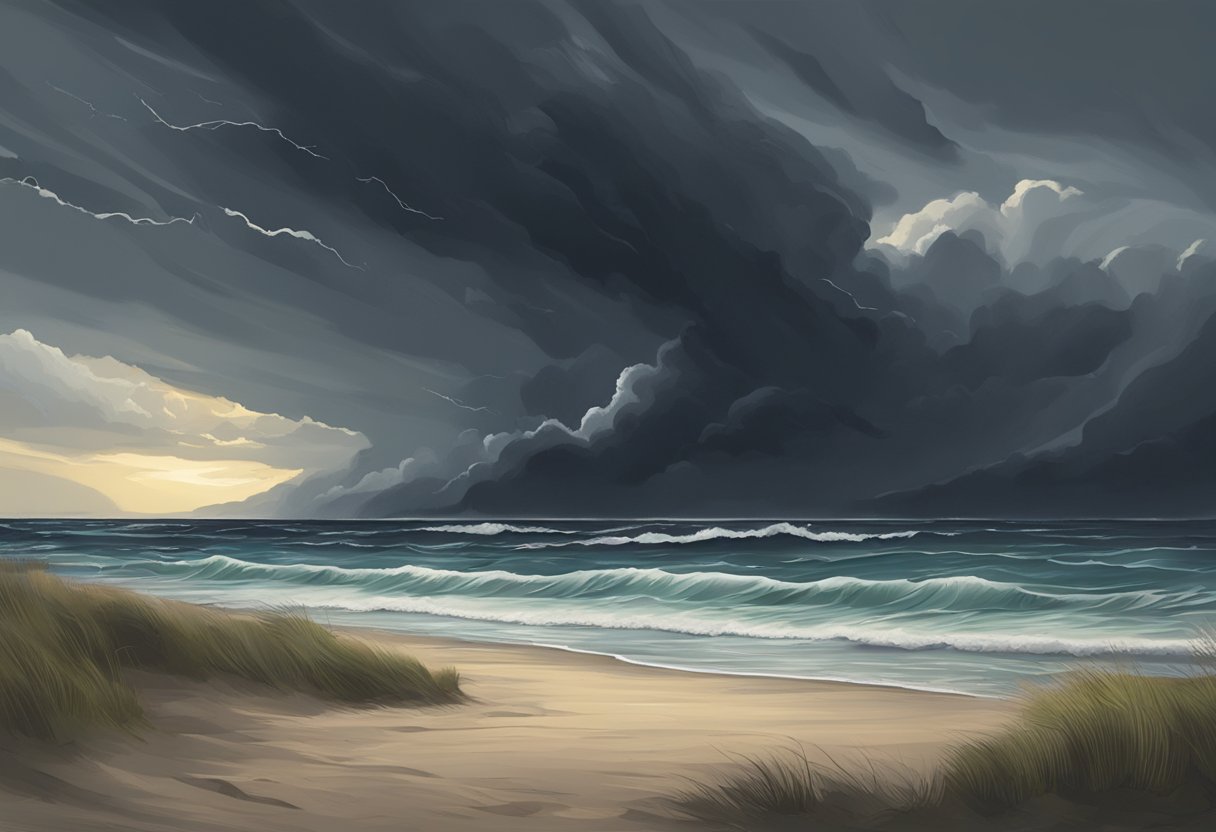
In South Carolina, the worst time to visit mostly revolves around the hot, humid summer months, particularly from mid-June to late August. This period can be challenging due to:
- Extreme Heat: Average high temperatures soar into the 90s°F (32-37°C). It can be particularly tough if you’re not used to the heat or prefer cooler weather.
- High Humidity: The air feels sticky and heavy, with humidity often exceeding 70%.
During this time, you might experience:
- Afternoon Thunderstorms: Almost like clockwork, brief but intense storms can pop up. These can disrupt your outdoor plans.
- Crowds: Coastal areas get busy as families converge on beaches for summer vacations, leading to crowded attractions and beaches.
- Higher Prices: Peak season means higher prices for accommodations and activities.
Here’s a quick breakdown:
| Month | Temperature | Humidity | Crowd Levels | Price Trend |
|---|---|---|---|---|
| June | Highs in the 90s°F | >70% | Busy | High |
| July | Highs in the 90s°F | >70% | Very Busy | Very High |
| August | Highs in the 90s°F | >70% | Busy | High |
While there’s plenty to enjoy in South Carolina year-round, plan your visit outside these months for a more comfortable trip.
The Cheapest Time to Visit
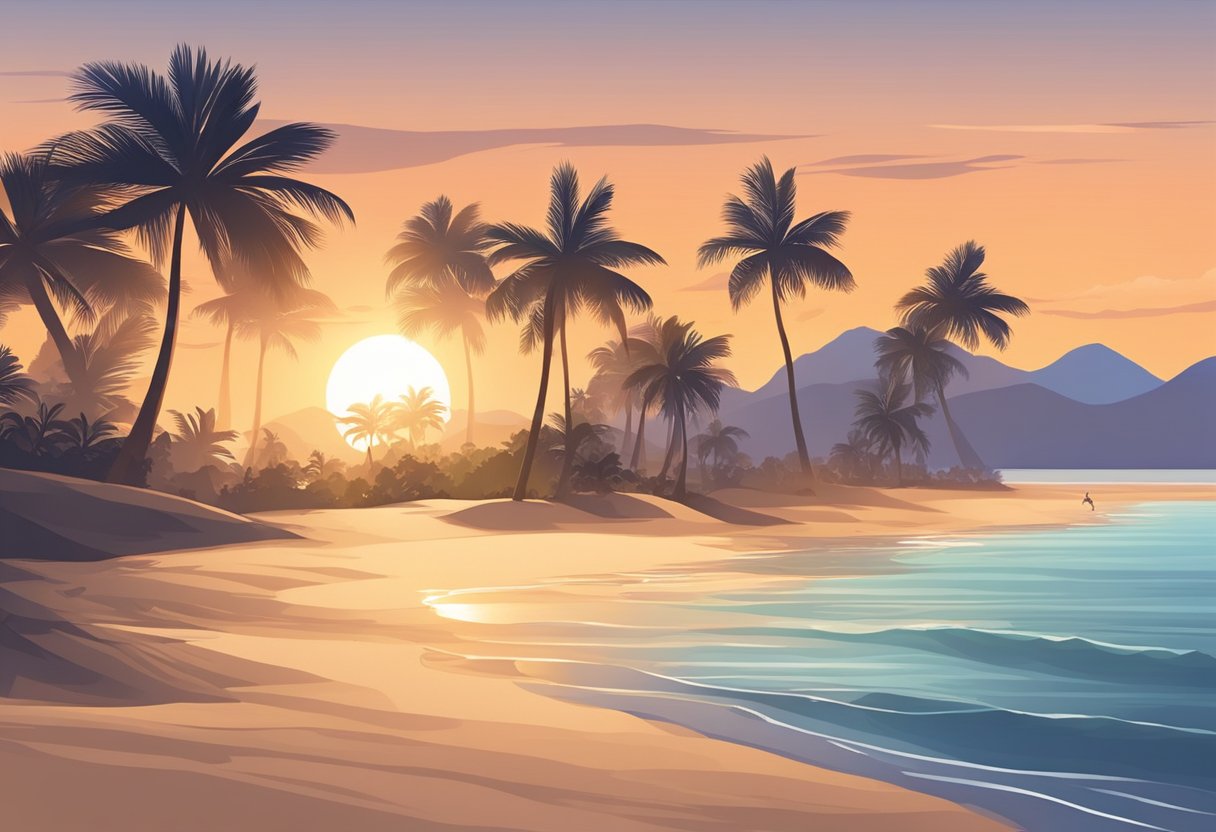
When you’re planning a trip to South Carolina and want to save some cash, timing is everything. You’ll find the cheapest rates for hotels and activities typically from late November to early March. This period is outside the peak travel season, so tourism is lower and prices reflect that. It’s worth noting, however, that while you’re saving money, you might need to pack a coat – winters can get chilly.
During the so-called “shoulder season,” which includes late April to early June and September to October, you can still catch some deals. These months offer a sweet spot with milder weather and fewer crowds. Keep an eye out for special promotions during these times.
Here’s a quick guide to help you see when you might get the best deals:
| Month | Expected Savings |
|---|---|
| January | High |
| February | Moderate to High |
| March | Moderate |
| April | Low to Moderate |
| May | Low |
| June | Low |
| July | None |
| August | None |
| September | Low to Moderate |
| October | Moderate |
| November | High |
| December | Moderate |
Tip: Sign up for newsletters and alerts from travel and accommodation websites to catch any flash sales or special discounts during these times. And remember, if you’re flexible with your travel dates, you’ll have a better chance of snagging those lower prices.
Off-Season: Least Busy Time to Visit
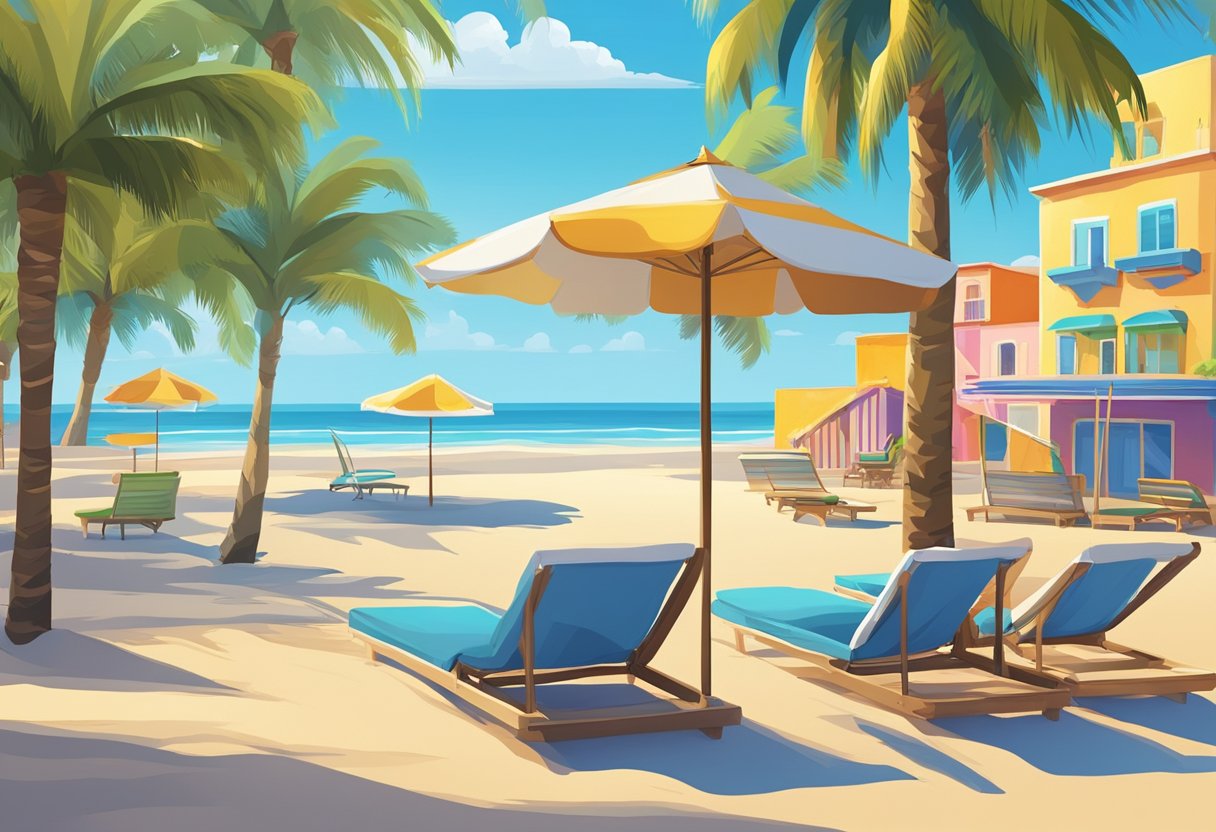
When you’re considering a trip to South Carolina, and you prefer a more relaxed vibe away from crowds, the off-season is your go-to time. Typically, this period falls in the late fall and winter, right after the summer and early fall tourists have headed home, and it spans roughly from November to February.
Weather Considerations
- Cooler temperatures: Ranging from 40-60°F (4-15°C), so pack some warm clothes.
- Less predictable weather: Chance of rain or, on occasion, a light snowfall in certain areas.
Accommodation and Cost
- Lower prices: You’ll find better hotel deals and discounts during these months.
- Availability: Easier to book your favorite spots without competing with a flood of visitors.
Tourist Attractions
- Take advantage of shorter lines at popular sites:
- Charleston: Historic tours and famous eateries are pleasantly less crowded.
- Myrtle Beach: Boardwalks and beaches almost feel personalized just for you.
Events and Activities
- Plenty to do even when it’s not peak season:
- Cultural events: Enjoy local theatre productions and festivals without the squeeze.
- Outdoor adventures: Hiking and exploring state parks come with more solitude.
Remember to check for seasonal closures of certain attractions, as some might adjust their hours or shutter for the off-season. So, if you’re all for saving money, steering clear of busy tourist traffic, and don’t mind a bit of chill in the air, South Carolina is ready to welcome you with open arms during the off-season.
The Most Expensive Time to Visit

When you’re looking at a trip to South Carolina, prices can soar during peak tourist seasons. You’ll want to keep your eye on costs especially during summer and major holidays.
Summer Season (June to August)
- Accommodation: Hotel prices tend to spike due to high demand.
- Attractions: Entry fees for popular sights may rise.
Big Events
- Charleston Food and Wine Festival: Ticket prices can be steep.
- Fourth of July: Celebrations often lead to higher travel costs.
Tip: Book hotels early to try and lock in better rates.
Major Holidays
- Thanksgiving: Airfare and lodging see a significant increase.
- Christmas: Similar to Thanksgiving, expect to pay top dollar.
Myrtle Beach
- Hotspot for tourists: Prime beachfront spots charge premium rates.
Remember: If you’re flexible with your dates, explore other times of the year for potential savings.
Hottest Months
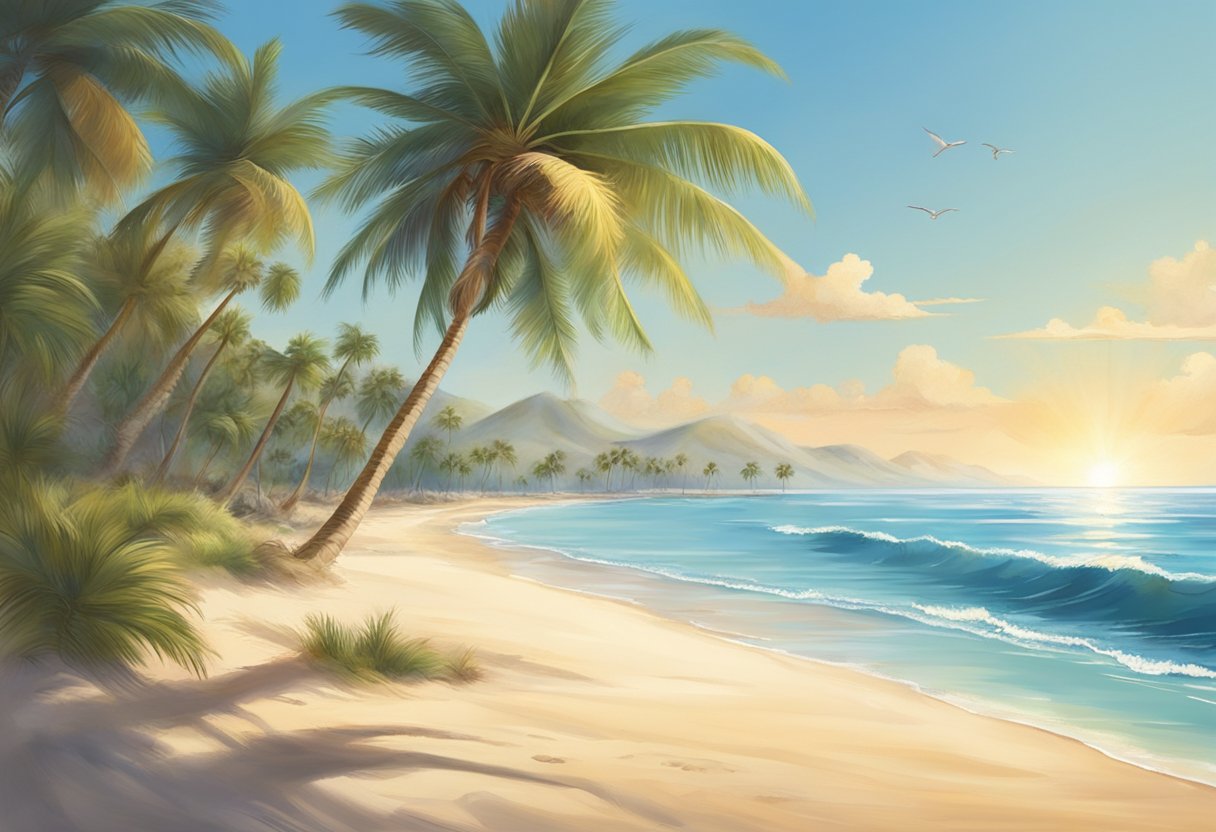
If you’re planning to visit South Carolina, brace yourself for some heat during the summer months. Traditionally, July and August are when the thermometer spikes the highest. In these months, average high temperatures typically hover around the 90°F (32°C) mark, but don’t be surprised if it feels hotter due to humidity.
Keep an eye out on the heat index during this time, as it combines temperature and humidity, showing how hot it truly feels. On particularly steamy days, the heat index can leap well over 100°F (38°C).
Here’s a quick glance at the typical temperature ranges during these sizzling months:
| Month | Average High | Average Low |
|---|---|---|
| July | 91°F (33°C) | 71°F (22°C) |
| August | 89°F (32°C) | 70°F (21°C) |
Remember to stay hydrated and slap on plenty of sunscreen if you decide to venture out. Early mornings or evenings are best for outdoor activities to avoid the midday sun. And if you’re not a fan of the heat, consider planning your trip outside of these peak temperatures.
Coldest Months
In South Carolina, January is usually the chilliest month. You’re likely to find temperatures averaging in the low 40s to mid 50s Fahrenheit. But sometimes it can drop below freezing, especially at night, so pack your warm clothes.
Here’s a quick look at average low and high temps in the coldest months:
| Month | Average Low | Average High |
|---|---|---|
| December | 37°F | 59°F |
| January | 34°F | 56°F |
| February | 37°F | 60°F |
Remember, weather can be unpredictable, so check the forecast before you travel. Upstate gets colder than the coast, so if that’s where you’re headed, pack an extra layer. Coastal areas might be milder, but you’ll still need a jacket.
Be aware that ice storms, though rare, can happen. If you’re driving, prepare for potentially slick roads. Enjoy exploring South Carolina’s winter charm, but stay warm!
Month-By-Month Weather
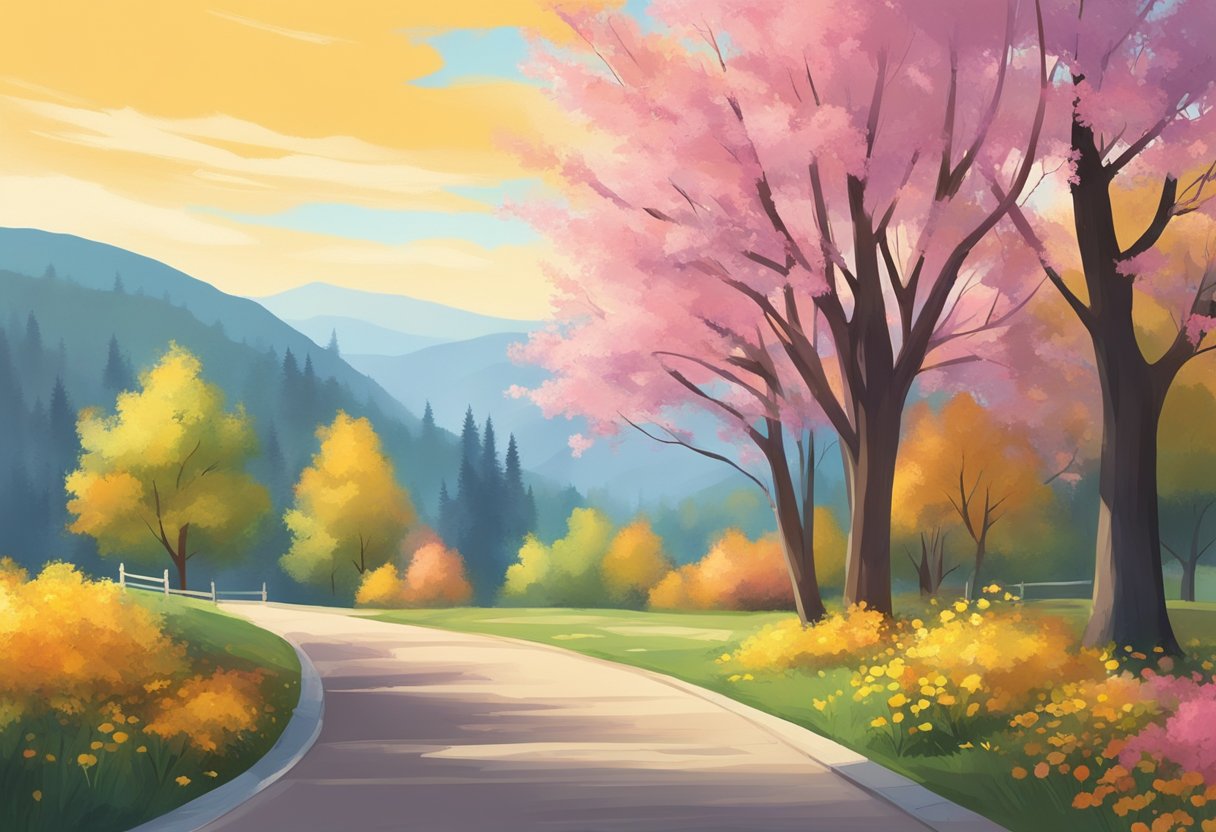
January: Expect cool temperatures, with highs around 50-60°F and lows that can dip below 32°F. You’ll find it chilly, so pack a coat.
- Average highs: 50-60°F
- Average lows: Below 32°F
February: It’s still cool with a slight warm-up by the end of the month. Rain is common.
- Average highs: 55-65°F
- Average lows: 30-40°F
March: Spring begins to peek through, with occasional rain and temperatures ranging from cool to moderately warm.
- Average highs: 60-70°F
- Average lows: 40-50°F
April: You’ll experience a pleasant mix of warm days and cool nights. Ideal for outdoor activities.
- Average highs: 70-80°F
- Average lows: 50-60°F
May: Warm weather settles in, with increased humidity and occasional thunderstorms.
- Average highs: 80-90°F
- Average lows: 60-70°F
June: Summer kicks in with heat and humidity. Pack your shorts and sunscreen.
- Average highs: 85-95°F
- Average lows: 70-75°F
July: Expect hot and humid conditions. Stay hydrated and seek shade.
- Average highs: 90-100°F
- Average lows: 70-75°F
August: Similar to July, possibly with more thunderstorms.
- Average highs: 88-98°F
- Average lows: 70-75°F
September: The heat starts to subside, but it’s still quite warm.
- Average highs: 80-90°F
- Average lows: 65-70°F
October: Fall brings cooler temperatures and less humidity. Enjoy the fall foliage.
- Average highs: 70-80°F
- Average lows: 50-60°F
November: Cooler still, with crisp air. Nighttime can feel quite cold.
- Average highs: 60-70°F
- Average lows: 40-50°F
December: Winter sets in with cold and potential for snow in some areas.
- Average highs: 50-60°F
- Average lows: 30-40°F
Frequently Asked Questions
When planning your trip to South Carolina, it’s helpful to know the bustling tourist times, the best seasons for weather and blooms, and quieter periods for a more relaxed visit.
What are the peak tourist seasons in Charleston, SC?
You’ll find the most tourists roaming the historic streets of Charleston from March to May and then again from September to November. These seasons have the most comfortable temperatures and a calendar full of events.
When can I see the most beautiful flowers in bloom in Charleston, SC?
You get to witness the finest floral displays if you visit Charleston in the spring, especially from late March to April when the azaleas and magnolias are in full bloom.
What months are considered hurricane season in South Carolina?
Hurricane season in South Carolina falls between June and November. You’ll want to keep an eye on weather forecasts if you’re planning a visit during these months.
When is the best weather typically experienced in South Carolina?
The best weather is usually around the fall, from late September to November, when humidity is lower, and temperatures are comfortable for outdoor activities.
During which months is Myrtle Beach typically less crowded?
If you aim for a quieter time at Myrtle Beach, go between late fall and early spring, avoiding March when spring break crowds surge.
What times of the year offer the quietest visit to Charleston, SC?
Charleston quiets down a bit in late summer, from late August to early September, and in late winter, from January to February, which may be perfect for a peaceful retreat.
